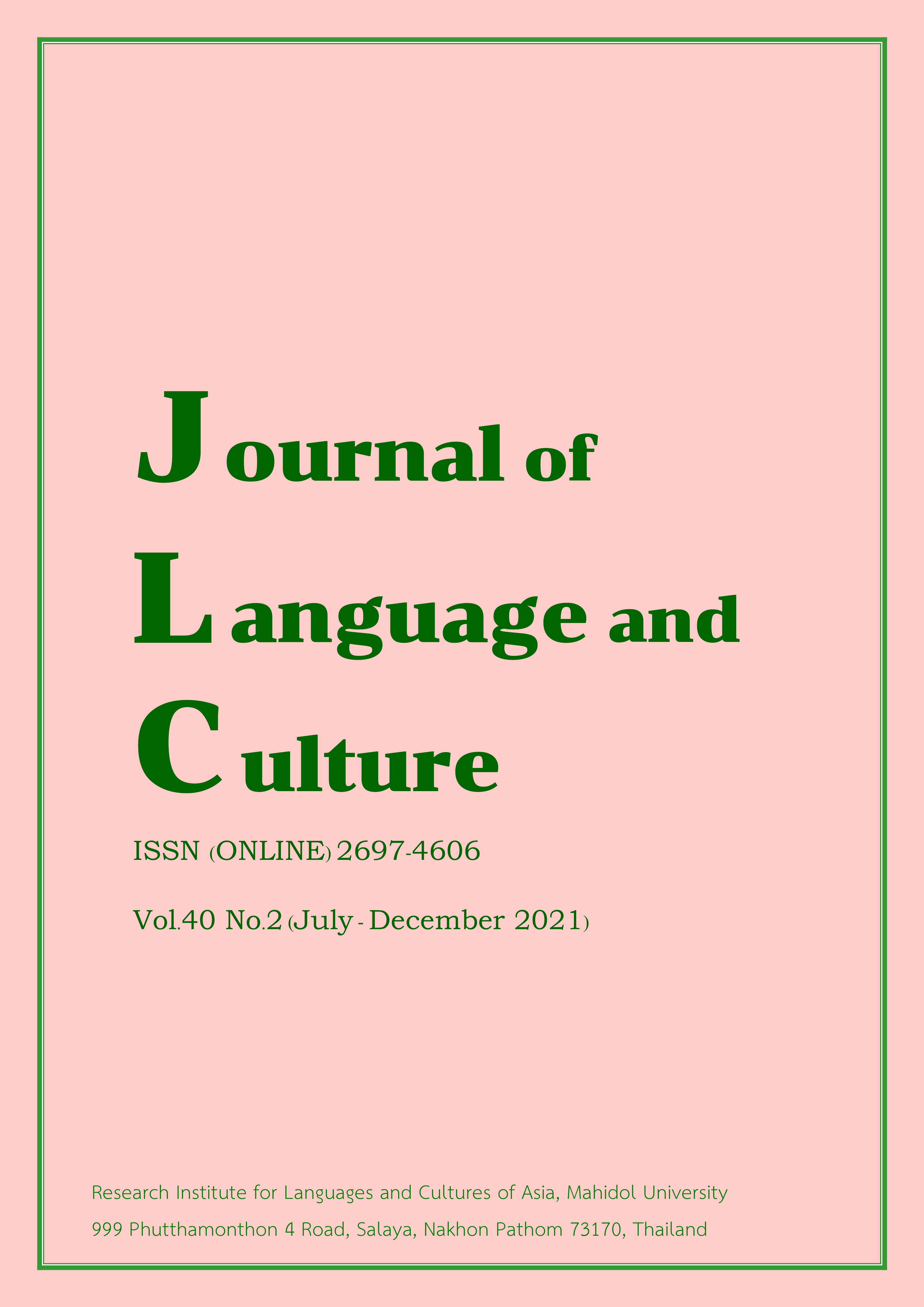Changing of signification of “Daijosai” in Japanese history
Main Article Content
Abstract
Daijōsai(大嘗祭)is a ritual of the Yamato court held once every reign after the enthronement. The researcher was interested in the changes of the Daijōsai through history in terms of the ritual’s composition, and its meanings in relation to the deities and government. This historical research was conducted from secondary sources and the data was analysed using the conceptual framework of shamanism, which incorporates the divine-right theory, and ritual change in relation to government. It is found that the changes in the Daijōsai’s composition occurred in terms of the name, women’s roles, sophistication, secrecy, Buddhist ceremony, the offerings, the Daijōkyū complex, and the Yuki and Suki halls. Such compositional changes contributed to the transformation from an ancient ritual to show gratitude to the deities into a ritual with political purpose in the Asuka and Meiji periods. Nowadays, the original meaning of the Daijōsai has been restored as a ritual showing gratitude to the deities.
Article Details
The articles featured in the Journal of Language and Culture (JLC) constitute academic works representing the viewpoints of the respective author(s). It is crucial to note that these opinions do not necessarily reflect those of the Editorial Board.
All articles published in JLC are released under the Creative Commons Attribution 4.0 International License (CC BY 4.0). This license grants permission for unrestricted use, distribution, and reproduction in any medium, provided proper credit is given to the original author(s) and the source.


